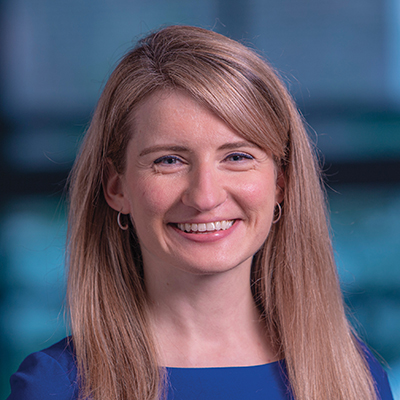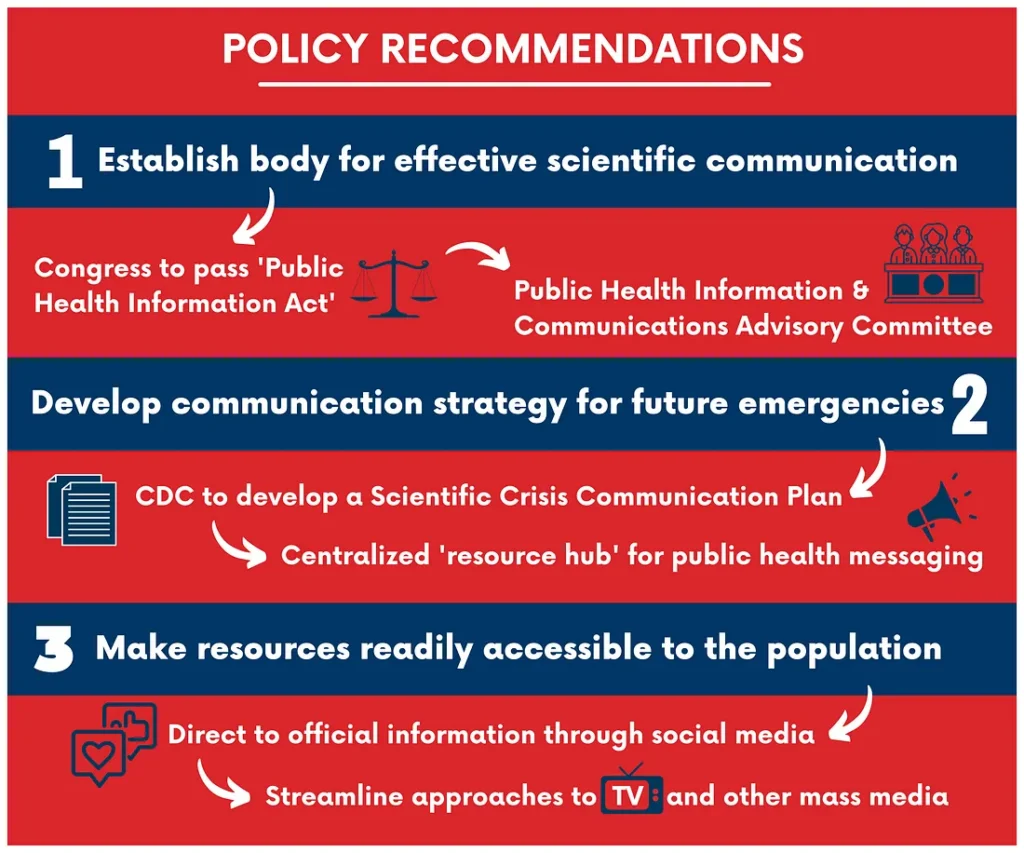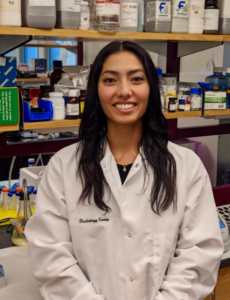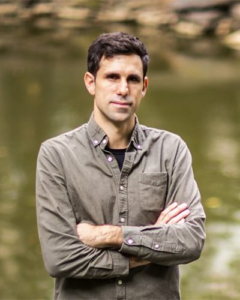by Laura Bellet

Sharing the exciting work happening at Penn with alumni, parents, and friends throughout the world is a priority for Interim President J. Larry Jameson.
Shortly after challenging the graduating Class of 2024 to “keep reinventing, learning, and engaging” he brought that same spirit to the Penn community in London. He met with leadership volunteers from the region and welcomed approximately 200 attendees to an academic symposium titled “Frontiers of Knowledge and Discovery: Leading in a Changing World.”
Kevin Mahoney, CEO of the University of Pennsylvania Health System, moderated the first panel, on the genesis of breakthroughs. “When our faculty explain how landmark achievements like new fields of science or first-in-class cancer therapies come about, they never fail to emphasize how collaboration turns expertise into progress,” he said. “Hearing Mike Mitchell, John Wherry, and Carl June speak made plain how our brilliant, interconnected Penn faculty work together on one campus with results that are changing our world.”
Vijay Kumar, the Nemirovsky Family Dean of Penn Engineering, shared Mahoney’s perspective on collaboration—with a twist. “Non-engineers can be mystified, if not intimidated, by the complexities of the work we do,” he explained. “When a faculty member breaks down a project and talks it through, step by step, the engineering concepts become so much more understandable and relatable.” Kumar moderated a session with Dan Rader and Rene Vidal that focused on the increasing and powerful synergies among data science and AI, medical research, and clinical practice
Read the full story in the Penn Giving website.
Michael Mitchell is Associate Professor in Bioengineering. Read more stories featuring Mitchell in the BE Blog.
Carl June is Richard W. Vague Professor in Immunotherapy in the Perelman School of Medicine and is a member of the Penn Bioengineering Graduate Group. Read more stories featuring June in the BE Blog.








 Cosette Tomita, a master’s student in Bioengineering, spoke with Penn Engineering Graduate Admissions about her research in cellular therapy and her path to Penn Engineering.
Cosette Tomita, a master’s student in Bioengineering, spoke with Penn Engineering Graduate Admissions about her research in cellular therapy and her path to Penn Engineering.